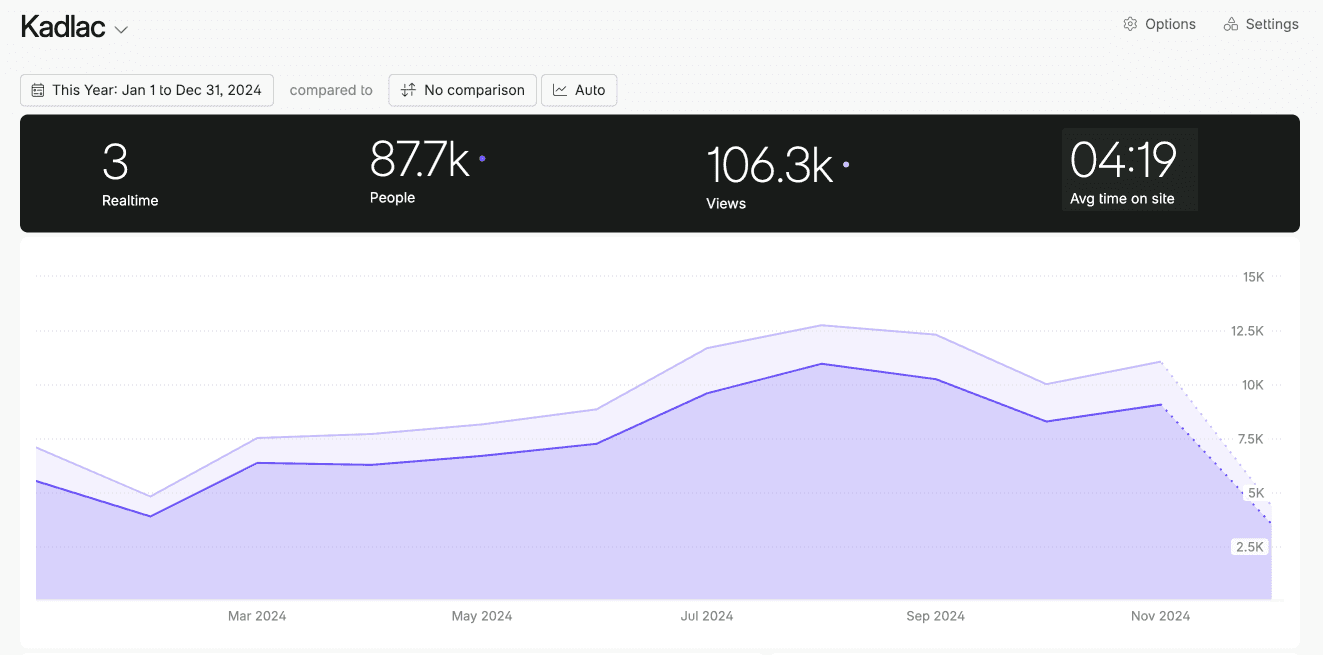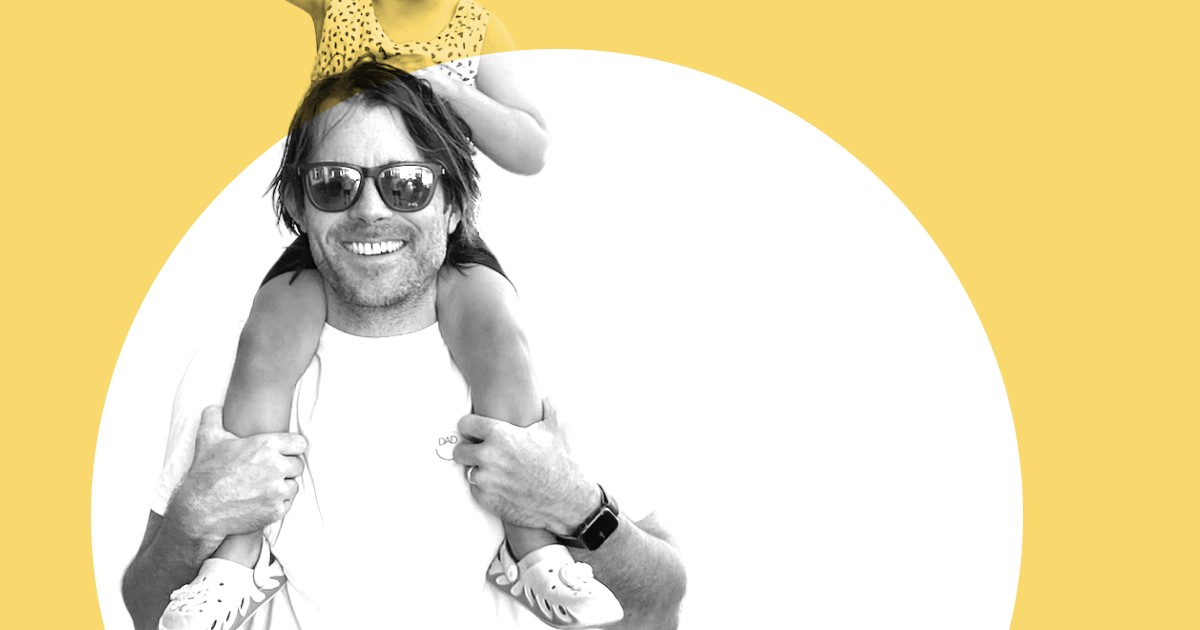Aug 27, 2020

As the pandemic smashed the world, the rooms in my two-bedroom apartment created split personalities for themselves, almost unexpectedly.
On any given day, my office flexes into different shapes. Today, it’s transformed into a home gym, a second dining room, and a yoga studio. Our kitchen table is now a second desk occupied by my wife. I’ve held video calls from the bedroom.
New habits are forming, and they are contributing to a new form of procrastination, one that not only affects our goals but our families at home.
Our dining room tables act as second home offices, high-counters become stand up desks, the bookshelves become Zoom backgrounds, pantries become noise-canceling phone booths, and living room furniture stands in for workout equipment. Happy hours start hours earlier from the comfort of our new kitchen-room-office.
How do we stay productive in our homes and not fall victim to our environments?
Mismatched environments
Our genetic code is hardwired for a specific environment. Likewise, our routines are hardwired to our settings in a way that’s hard to crack. If something dramatic imposes itself on our environments, our habits and routines can’t quickly adapt and are thrown off course.
Being in lockdown has thrown everything out the window. Julia Cameron’s book The Artist’s Way talks about fulfilling your creative spirit by taking a weekly Artist’s Date. I can’t even sit at a restaurant or rummage through albums at a vinyl store without breathing heavily through a mask, full of anxiety.
Many of the available environments that we would normally depend on aren’t accessible, sending us back into our living room offices for relief. Good luck finding it there!
Habits form because our minds crave simple, predictable decision making. We work out at certain times, we eat the same meals, and we work the same hours. Our routines form around these decisions but are at risk if our environment changes too quickly.
Even my reading habits underwent a literary genetic change, unrecognizable to what it looked like before. The reading that I was doing came to a complete halt, knowing that if I were to get anything done, I would need to mutate my habits into something new to adapt to this new mind-pandemic environment.
Opposing spaces
When I think about the perfect space for creativity, two opposing images come to mind:
Steve Jobs seemed to thrive in both of these environments. The intentionally active and reflective. One is messy, ideas colliding off each other, and the other is full of focus, intentional mindfulness, with a spot of tea.
In my early twenties, my apartments resembled the reflective environment of Steve Jobs’ living room. More often than not, my minimalism was forced upon me as I struggled to pay rent, often lying to my landlords that it must have gotten lost in the mail.
I moved often and kept little. I sought out the minimalism that we often gravitate towards when assembling our caves. But accumulation eventually happens, and we need to learn how to break the patterns that develop from a poorly designed space.
Optimal work environments
We can’t aim to sit cross-legged in the middle of our couchless living room. Take a step back and view your space with the perspective of a fish-eye lens. You might be able to spot discrepancies in it that need removal. By not taking action, you become the victim.
Artist and writer, Austin Kleon, has a workspace that splits the two types of modes that he finds himself in. One for digital work, and one for analog work. Notice the craziness in both environments. He’s able to stay in the zone by designing his space to split his routines using space appropriately.
In a recent interview, Austin says, “I have two desks in my office — one’s “analog” and one’s “digital.” The analog desk has nothing but markers, pens, pencils, paper, and newspaper. Nothing electronic is allowed on the desk — this is how I keep myself off Twitter, etc. This is where most of my work is born.”
Austin creates a pre-determined pattern ahead of time so that he doesn’t need to go through a mutation every time he needs to get himself into the right mindset.
Strategies for habit mutation
James Clear describes how designing your environment to be productive is about putting constraints on what’s available to you.
He says, “You may think that you control most of your choices, but the truth is that a large portion of your actions every day are simply a response to the environment design around you.”
A simple strategy is to look at both your good and bad habits. Decrease the number of steps you take to perform good habits and increase the number of steps for your bad habits.
Life mid-pandemic isn’t normal. Since my environments are colliding against each other like ping pong balls, I’ve recently created simple routines for myself that help make my desired emotion a bit more attainable.
For example, in the mornings, I’ve developed a predictable writing routine that incorporates a few positive rewards that looks like this:
Wake up early
Drink 16 oz of water
Do 25 kettlebell swings (to wake my body up)
Meditate for 10 min (I hit this about 25% of the time)
Pour some cold brew
Kick-off some Endel.io music to get into a flow state
Turn off devices
Write for 30-60 min
My office is still a wreck, but it’s a small routine that helps bring my anxiety down, usually filled with how much I need to get done on that particular day.
Embrace the chaos
While I aspire to live in a beautiful, empty house with no material objects, that simply will never happen. The choices you make to your environment don’t need to be purely about aesthetics but instead adding some bumper lanes to point you in the right direction.
Curious about what tools will help you build your own creative business?
Get my free toolkit of 59+ resources that will help you learn, create, and sell online.



